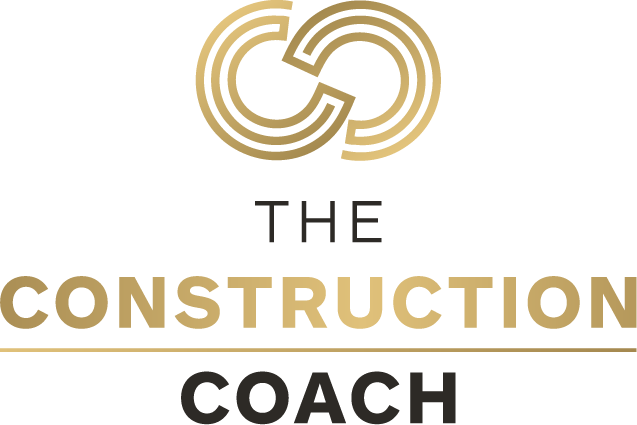How to Effectively Manage Risk in Construction Projects
When it comes to construction projects, risk is always a factor. No matter how well you plan or how experienced your team is, something can always go wrong. This can lead to costly delays and expenses, not to mention the potential for injuries.
By being proactive and understanding the different types of risk and methods for mitigating risk, you can put measures in place to safeguard your projects from unexpected incidents.
What is risk management, and why is it important in construction projects?
Construction projects are complex undertakings that involve many different types of risks, from risks associated with weather and the environment to the potential for accidents and injuries. Risk management is the process of identifying, assessing and managing these risks to avoid or minimise their impact on a project.
Risk management is important in construction projects because it can ensure that a project stays on schedule and budget. By identifying and assessing risks early on, project managers can develop contingency plans to deal with them if they occur, which helps to avoid surprises and delays further down the line.
In addition, risk management can improve safety on construction sites by flagging hazards and implementing controls to minimise the likelihood of accidents and injuries.
Risk management is, therefore, an essential part of any construction project and is crucial for ensuring safe and successful outcomes.
Different types of risks that can occur during a construction project
Construction projects come with a unique set of risks. Some of these risks, like weather damage, are out of the control of the construction team. Others, like on-site accidents, can be prevented with careful planning and execution. Here are some of the most common risks that can occur during a construction project:
Weather damage
Heavy rains or strong winds can cause damage to construction equipment and materials, delaying progress on your project.
On-site accidents
Slips, trips and falls are the most common types of accidents that occur on construction sites. Other potential hazards include electric shocks, falling debris and exposure to dangerous chemicals.
Equipment failure
Construction equipment is subject to wear and tear and can break down unexpectedly. This may lead to delays in the project schedule, as well as increased costs for repairs or replacements.
Budget problems
Overruns on the construction budget can occur for a variety of reasons, including unexpected costs for materials or labour. This can put a strain on the financial resources of your project.
By understanding these risks, construction teams can take steps to mitigate them and keep the project on track.
Assess risks at the beginning of a project
Risk assessment is an integral part of project planning. By identifying potential risks, you can develop strategies to avoid or mitigate them. There are a few key steps to assessing risk. First, you need to make a list of the possible sources of risk for a project. These can include the factors mentioned in the section above, as well as other things such as changes in market conditions.
Once you've identified the sources of risk, you need to assess the likelihood of each one occurring. This will help you to prioritise which risks are most important to address. To do so, you can review your previous projects and look for any patterns in the issues that arose. You also need to estimate the potential impact of each risk. This will allow you to determine which risks are most likely to cause problems for your project.
Methods for reducing the effects of risks on a project
There are various methods that can be used to mitigate or reduce the effects of risks on a project. One common approach is to create risk management and contingency plans. These documents will identify potential risks and outline steps that can be taken to avoid them and minimise their impact if they occur.
Another common mitigation strategy is to purchase insurance. General property, public liability, workers’ compensation and business interruption are all types of insurance that will help to protect your company against financial losses that may occur as a result of theft, on-site injuries or other incidents.
One of the most effective ways to mitigate risks is to invest in safety management software. This software allows construction companies to track and manage safety training, inspections and site attendance. It is also used to report and document on-site hazards, which can be useful for investigating accidents and implementing corrective actions to prevent them in the future.
Tips for maintaining risk management throughout a project
Throughout the course of a project, there are several steps that should be taken to ensure that risk management remains a priority. First, you should conduct regular reviews of the project plan to identify any new risks that have arisen. You'll also want to update your contingency plans to make sure that they remain relevant and effective.
In addition, project team members should be kept up to date on changes to the risk profile and advised on how to proceed accordingly. It's also important to communicate regularly with all key stakeholders to ensure that everyone understands the mitigating measures that have been put in place.
Construction projects present a set of risks that can significantly impact the success of your projects. By understanding and managing these risks, construction managers can help to guarantee their projects are completed successfully and on time.


